The Iceberg Thermal IceSLEET G6 Stealth Review: Top-Tier Colossal Tower Cooler
by E. Fylladitakis on October 13, 2022 8:00 AM EST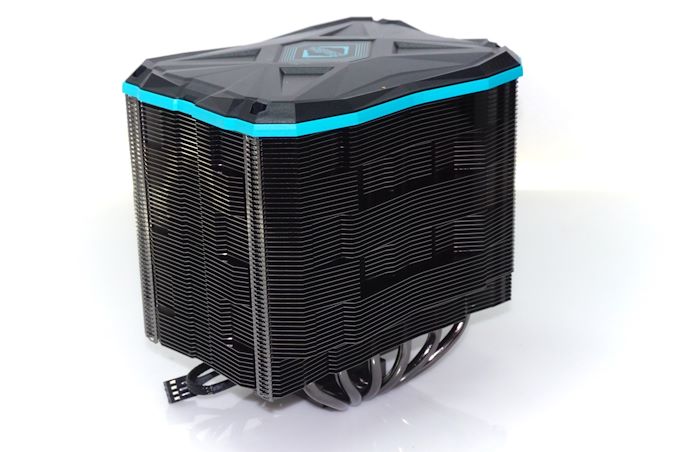
Enthusiasts and other advanced PC builders seldom embrace the use of a stock cooling solution. Stock coolers are adequate for their intended purpose but often end up delivering mediocre acoustic performance, and they cannot handle the thermal loads of a gaming and/or overclocked system. As a result, what has been a rule since the first actively-cooled x86 processors hit the market almost 30 years ago remains a rule today: most enthusiast builds are made using aftermarket coolers. All of which has led to (and continues to sustain) the massive market for coolers and other PC peripherals.
In today's review, we are having a look at the IceSLEET G6 Stealth tower cooler by Iceberg Thermal. Iceberg Thermal is a relatively new player in the PC market, with the company founded in Tempe, Arizona, in 2019. Regardless, the company’s employees and engineers have many years of experience in the design and marketing of cooling products.
The IceSLEET G6 Stealth is, as hinted by its name, a cooler primarily designed around minimal noise output. Most of the company’s marketing efforts are also focused on how quiet the cooler is. Meanwhile, a quick glance at the specifications reveals that this is also a behemoth of a cooler, measuring 160 mm tall and wide, and weighting over 1 kg. With that much mass and considering its $80 price, Iceberg Thermal is definitely aiming for the top performance spots of the air-based CPU cooling market.
| Iceberg Thermal IceSLEET G6 Stealth CPU Cooler Specifications | |||
| Type | Tower Cooler | ||
| Dimensions | 156 x 123 x 160 mm | ||
| Fans | 1 x 140 mm "Iceberg Thermal" Fans 600 - 1400 RPM, 85 CFM |
||
| RGB | No | ||
| Supported Sockets | Intel: LGA1700, LGA1200, LGA1155, LGA1151, LGA1150, LGA2066, LGA2011-0 & LGA2011-3 AMD: AM5, AM4, AM2, AM2+, AM3, AM3+, FM1, FM2, FM2+ |
||
| Warranty | 10 Years | ||
| Price | $80 | ||
Packaging & Bundle
Iceberg Thermal supplies the IceSLEET G6 Stealth in an inconspicuous box, with the artwork printed directly onto the brown cardboard walls. Basic information about the cooler is printed on the rear side of the box. It is aesthetically pleasing and at least partially ecological but, above all else, the box is strong and the cooler is tightly packed inside, ensuring safe shipping.
Inside the box, we only found the parts that are necessary for the installation of the cooler. Everything is very neatly packed and labeled, which should prevent any confusion during installation. All of the metal parts are plated, creating a titanium-like appearance and protecting them from corrosion in the long run. Iceberg Thermal includes a syringe of thermal compound, enough for at least three applications.
The Iceberg Thermal IceSLEET G6 Stealth CPU Cooler
The IceSLEET G6 Stealth is a slightly unorthodox tower cooler, designed to engulf the 140 mm fan entirely within its fins. There are six copper heatpipes transferring the thermal energy from the tiny base to the fin array. The cooler is 160 mm (6.3”) tall, pushing the limit of standard ATX cases.
A close inspection of the fins reveals an uneven, abstract design. Manufacturers frequently implement different fin profiles in order to improve the overall performance characteristics of the cooler, yet the fins usually are uniform. The fins of the IceSLEET G6 Stealth form a total of six groups, with each group having nine identical fins. The lowermost group is a little smaller, allowing for a 56 mm RAM clearance. Above that first group, there are two distinct groups of nine fins each that alternate.
A plastic black/turquoise cap covers the top of the cooler, concealing the heatpipe ends and the cooling fan. The cap is held into place via four screws.
The top cap also serves as a support for the 140 mm cooling fan. It clips on the two top screw holes of the large fan, firmly holding it and concurrently operating as a passive shock absorber, reducing vibration-related noise.
The 140 mm fan hidden inside the humongous metal body of the cooler is rebranded by the company and we could not recognize who the OEM behind its creation is. We did find out that it has a fluid dynamic bearing (FDB) engine, an advanced sleeve bearing design with a significantly boosted lifetime. It can reach up to 1400 RPM, which is a very high speed for a large 140 mm fan.
All of the cooler’s metallic parts, including the heatpipes and the base, have been treated with a gunmetal grey plating. The plating is more than an aesthetic upgrade as it will protect the cooler from corrosion and oxidation in the long run.
The IceSLEET G6 Stealth has a very tiny base, disproportionately small for the size of the gigantic cooler. A small aluminum block serves both as the foundation of the steel brace that is used to mount the cooler and as the mechanical support for the copper heatpipes. It is the six heatpipes, and only the heatpipes, that come in direct contact with the CPU.


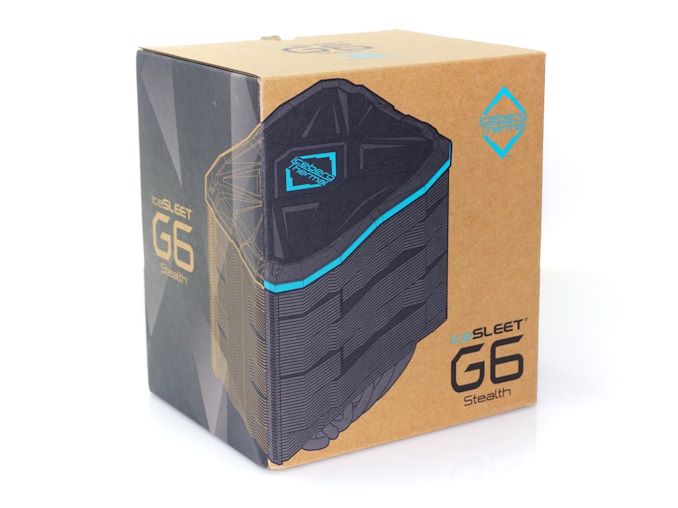
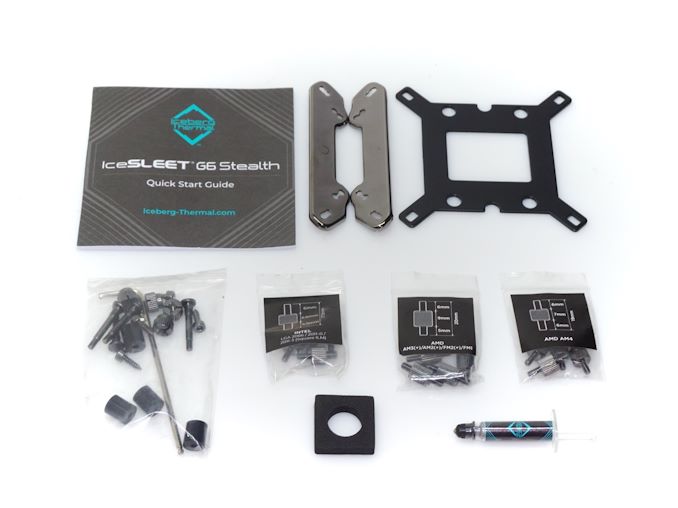
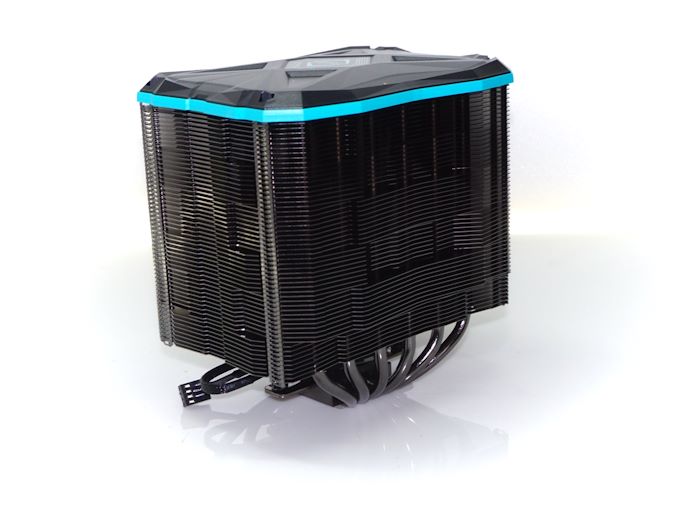
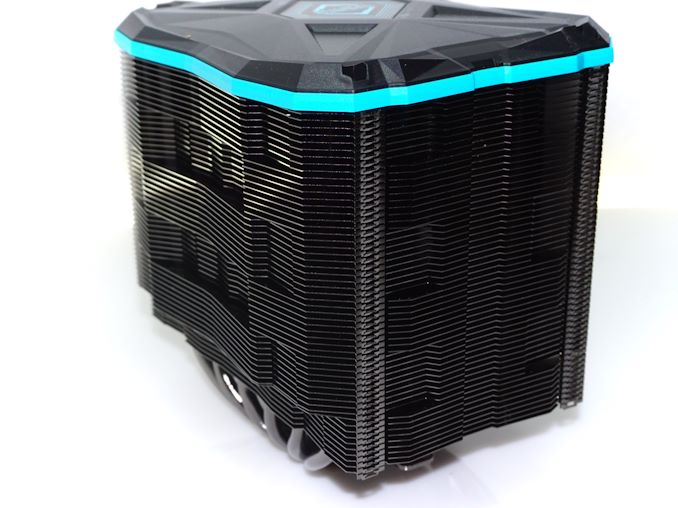
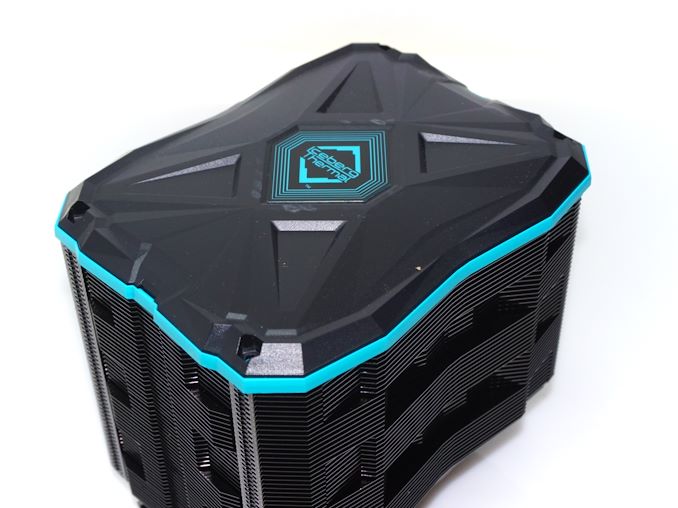
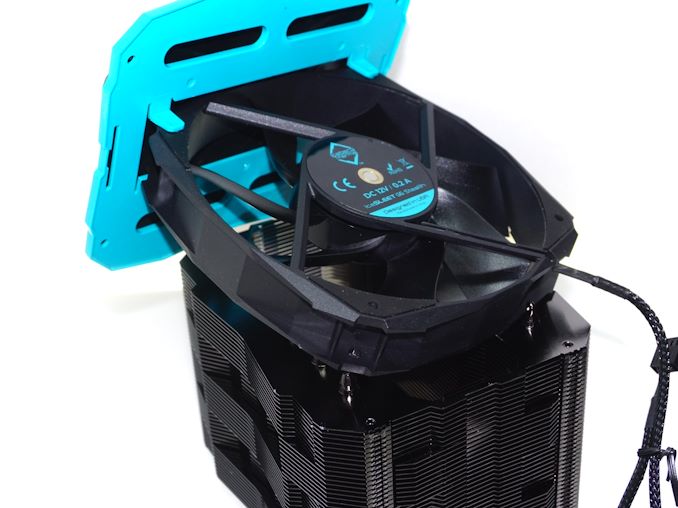

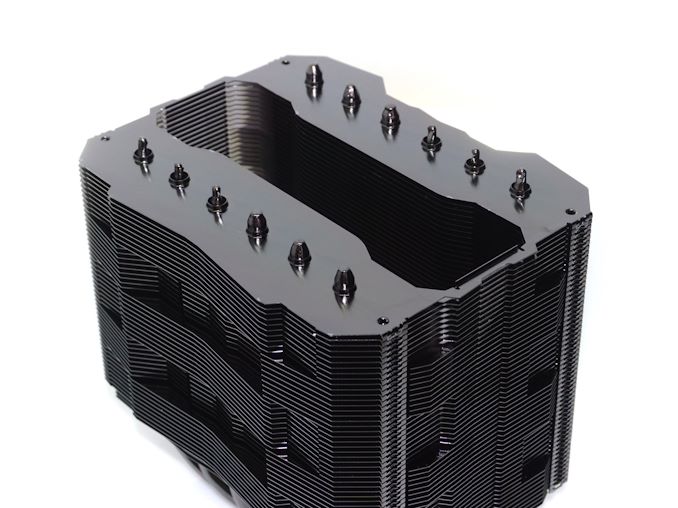
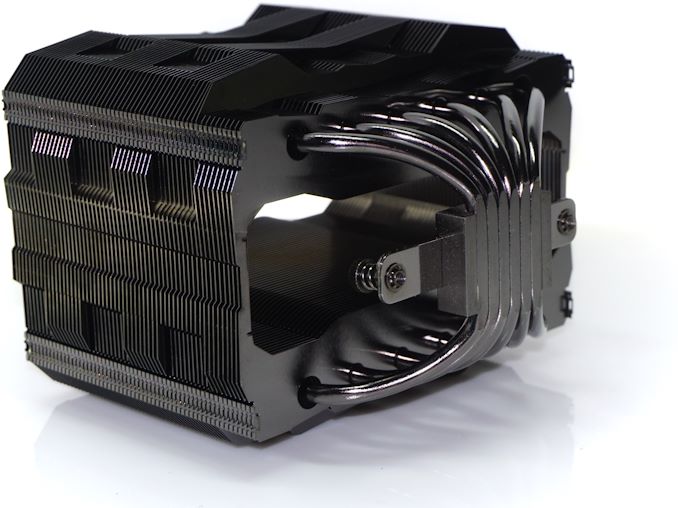
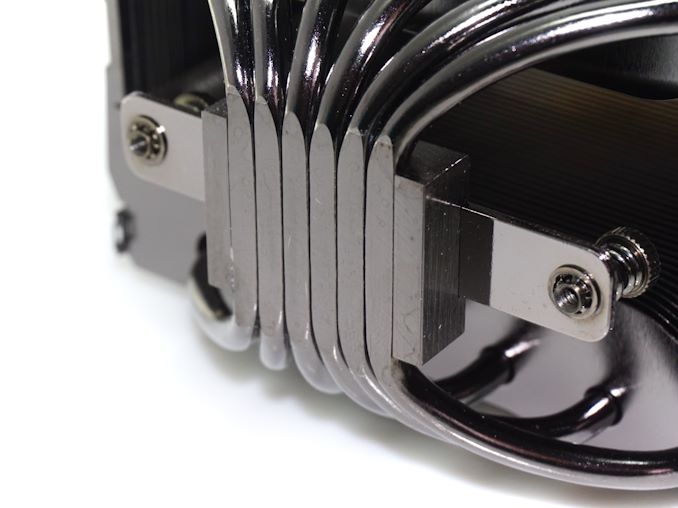








22 Comments
View All Comments
Avalon - Thursday, October 13, 2022 - link
Seems like a good cooler and quite similar to the Be Quiet! Dark Rock Pro 4. Any chance you'll be reviewing the latter?ballsystemlord - Thursday, October 13, 2022 - link
That tower cooler is amazing at higher heat outputs. Perfect for the new AMD/Intel CPUs.rickeo - Sunday, October 16, 2022 - link
That direct heatpipe contact will likely NOT be good for modern AMD chiplet CPU's.Threska - Thursday, October 13, 2022 - link
Should have covered ease of installation. Some can be difficult especially dealing with weight and size in an already installed motherboard.meacupla - Thursday, October 13, 2022 - link
I'm surprised direct touch heatpipes are still a thing. I would have expected the manufacturers to have added a vapor chamber by now. The heat output on these newer chips aren't evenly spread out, unlike when the NH-D15 was released.DanNeely - Thursday, October 13, 2022 - link
As long as reviewers are sufficiently scared of random temporal variations that they use isothermal resistive heating elements lazy manufactures don't need to bother with actual CPU thermal distributions in the pursuit of fake internet points in review scores.Meanwhile manufacuers that do try to take such factors into consideration (a decade ago there was a CPU waterblock manufacturer that offered different flow guides for different CPU families for an extra 1-2C cooling vs a generic setup) at best get no benefit for their work and at worst actually score worse because they're not as efficient at cooling a space heater where actual CPUs don't put much of their heat.
thestryker - Thursday, October 13, 2022 - link
While I agree with you in principal you're also asking reviewers to do a *lot* more work and have results which can't be directly compared. Intel's CPUs, at least until MTL, the heat is right in the center whereas AMD has been off to the side which means you'd have to test both if you want useful results. On top of that you'd also have to test with an offset (or whatever other method is being used) and without to see if there is an actual benefit (Der8auer tested AMD offset on Zen 4 and found no difference).In the end so long as reviewers address the availability of any extra features which may assist specific platform cooling that's good enough for me.
404NotFound22 - Friday, October 14, 2022 - link
Actually no, while Der8auer himself didn't find a difference, his comment section sure did. The benchmark score went up, while the temperature remained the same, as is expected from Zen 4. He admitted not seeing this and said a revised video is coming.So yes it did make a difference.
thestryker - Friday, October 14, 2022 - link
He's running a manual OC on the chip, so no that behavior is not expected at all. We won't know what's going on until he's able to rerun the testing.(I'd missed the benchmark performance entirely though since I was only listening to the video)
Stuka87 - Thursday, October 13, 2022 - link
There have been vapor chamber coolers in the past, such as the CoolerMaster TPC 812. With the way current CPUs have very uneven hot spots, vapor chambers do start to make more sense.The IceGiant ProSiphon is the closest thing we have these days, and it does work really well, though its on the large side.